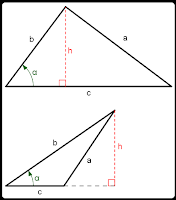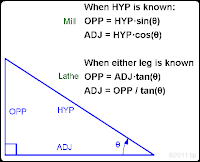 Couldn't find a complete and accurate Venn diagram of the sets of numbers, so here you go.
Couldn't find a complete and accurate Venn diagram of the sets of numbers, so here you go.A couple of things to note:
• Natural numbers may be Whole numbers or Counting numbers. It depends on the application. The only difference is that Whole numbers includes zero while Counting numbers do not. It is not that either is a subset of Natural numbers — it's just either one or the other.
• There is no uniformly recognized symbol for Irrational numbers. Suffice it to say that Irrational numbers are all of the Real numbers that are not rational. In the universe of Real numbers, Irrational numbers are the complement of Rational numbers.
• Likewise, there is no uniformly recognized symbol for Imaginary numbers. In the universe of Complex numbers, Imaginary numbers are the complement of Real numbers.
• So all numbers are Complex? It turns out to be arguably so.
Given the form a + bi, where a and b are elements of the Real number set,
then
for a pure Imaginary number, a = 0;
and
for a pure Real number, b = 0.






